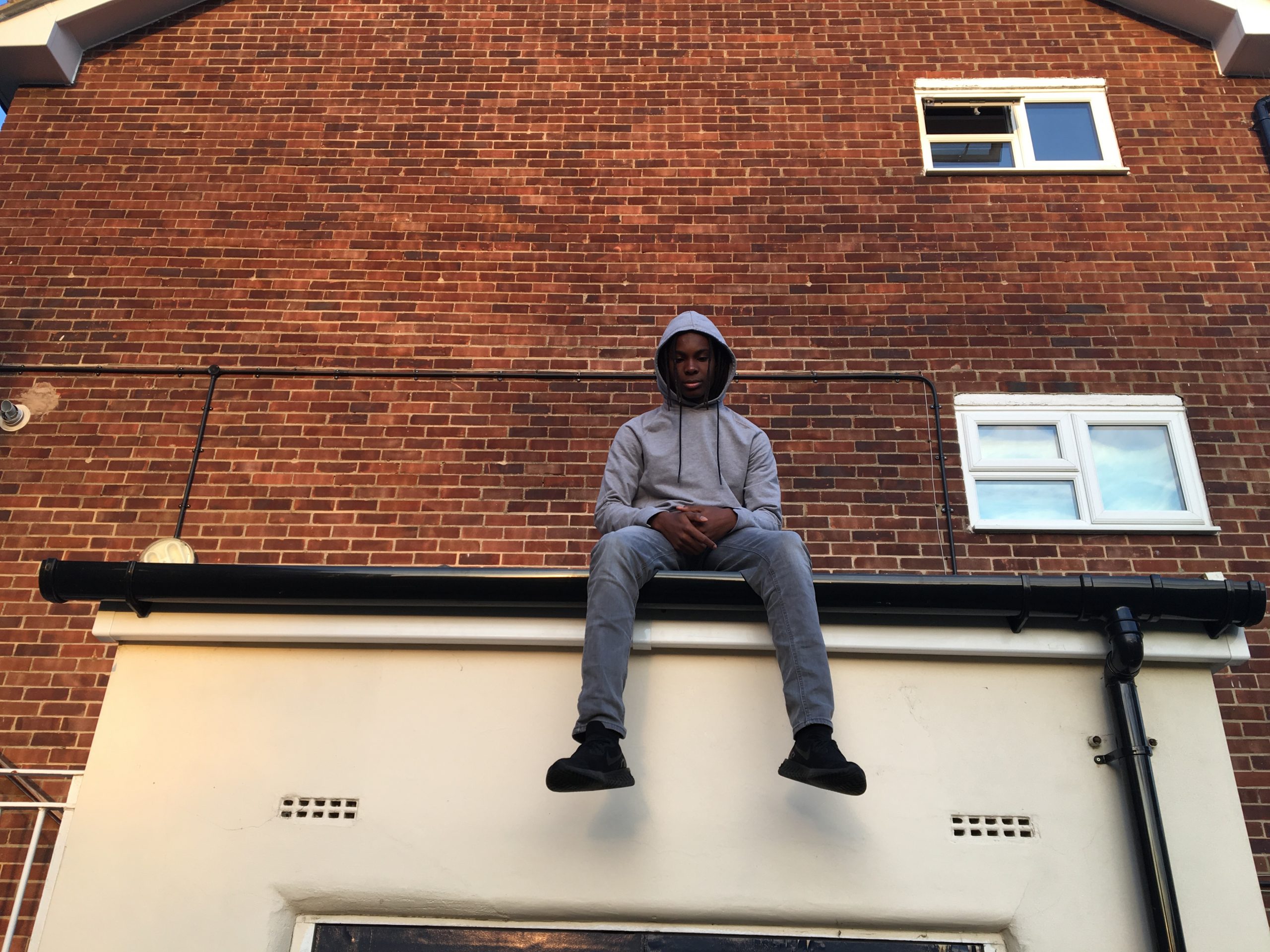
 Youth culture, as we experience it today is one of if not the most powerful subculture of society we’ve ever seen. It has changed the way we do everything. There is however one area that remains hindered by old age societal norms; our discourse with young people about their experiences, expectations, values, solutions and recommendations.
Youth culture, as we experience it today is one of if not the most powerful subculture of society we’ve ever seen. It has changed the way we do everything. There is however one area that remains hindered by old age societal norms; our discourse with young people about their experiences, expectations, values, solutions and recommendations.
The solution is youth culture; as far-fetched and utopian as it may seem.
You see, consulting students to fine-tune school policy and procedures would be the best thing schools, teachers and youth services can do to improve their understanding of youth culture and how to prevent or at least reduce violence in schools.
Safeguarding, prevent, learner support, child protection, school behaviour, special educational needs, health and safety, recruitment and vetting, anti-bullying and our complaints policy and procedures. These are all invaluable documents, that unfortunately disregard the experiential consultation young people have to offer.
While excellent policies and procedures get trapped on a piece of paper, the impact of our non-action and fear of joint collaboration with the ‘Horrid Henrys’ of the world is the reason why we lose control, and oftentimes create confusion and more damage in tackling violence in our corridors, classrooms, cafeteria and streets within and outside of the school community.
Policy’s aim to protect all students especially the most vulnerable and most impressionable (applies to ALL students, not just those from ‘disadvantaged backgrounds’) but what are we doing to ensure policy reaches the attitude, behaviours and values of each teacher and each student?
Although a time consuming and wrongly accused ‘risky task’, consultation with your students and advocates from your student community is the only way to tackle youth violence from the top.
At a procedure level, most teachers and students only remember a few key points regarding their duty towards the school community. Some schools have created easy to use checklists (that are great to prove to Ofsted), but it’s really in the culture of the school that can make the change. In order to develop a school culture that protects all, we must consult our students and explore their youth culture its values, expectations, perspectives and beliefs in more depth.
For the devout and fearless teacher, the good news is that in your classrooms, you can embrace and embed youth culture to cultivate a protective, safe environment; made by and for your students.
You can also create achievable mini proactive and pragmatic support plans with your students whether or not they are displaying unusual behaviour or present issues that indicate they are at risk of, or experiencing harm.
Remaining in accordance with current school policy, this strategy may ‘seem’ time-consuming at first, but you shall reap the rewards later.
In the inner city, the younger you get the more people you know who have either died before 21 or become an internet sensation by 15. Unfortunately for your students we have created a society constantly fed by fear, disregard, uncertainty and disorder. We would all be wise to listen to their solutions for matters we clearly struggle with. Fortunately for us, there is a solution starring us in our face and that solution is youth culture itself.
Written by Elaine Isadora Thomas (The Mentoring Lab, Founder Ceo)